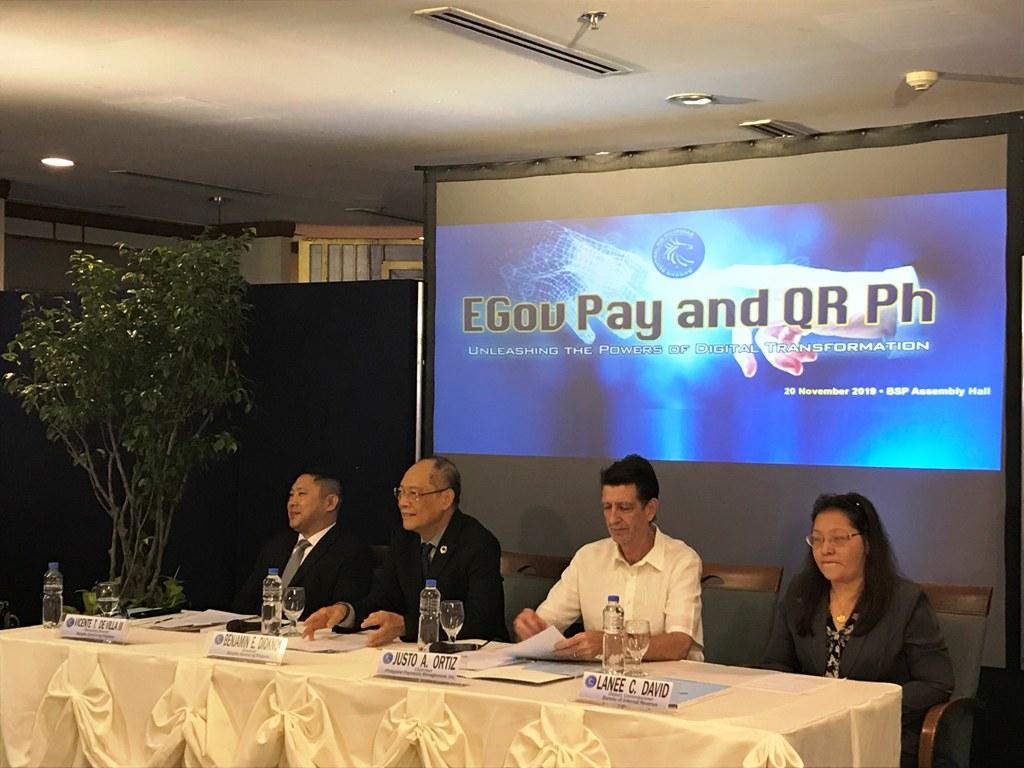BSP raises digital transactions target to 30% by 2020

The Bangko Sentral ng Pilipinas (BSP) on Wednesday raised its target to have 30% of all payments digital by 2020 in terms of value.
The central bank also launched on Wednesday two new payment solutions.
“The original goal is 20% by 2020. The new goal is now 30% by 2020,” BSP Governor Banjamin Diokno told reporters in a press conference in Manila City.
The original goal under the late BSP Governor Nestor Espenilla Jr. was to have 20% of all transactions digital by next year.
BSP Managing Director for the Financial Technology Sub-Sector Vicente De Villa III said the higher target is based on the value of total transactions.
The BSP on Wednesday launched two new payment initiatives under the National Retail Payment System (NRPS).
One is the Government e-Payments (EGovPay) Facility which enables government agencies to accept digital payments.
“The objective is that eventually, all (government agencies) will have to pass through that link before 2023 if not sooner,” Diokno said.
Among the agencies already onboard the system are the Bureau of Internal Revenue (BIR), the Department of Trade and Industry (DTI), and the Philippine National Police (PNP).
Also in on the system are the local governments of General Santos, Manila, Valenzuela, San Pedro in Laguna, and Baler in Quezon City.
The BSP also launched the QRPh, the national standard for quick response codes across the Philippines which will integrate all digital payment solutions.
According to the BSP, transactions via the QRPh will no longer require typing in the recipients’ account information with the assurance that payments will go to the correct account.
All digital payment solutions will have until June 30, 2020 to fully comply with the National Standard QR Code, as stated in the BSP Circular dated November 4, 2019.
“We hope that through the help of our industry payments, we can not only achieve our goal of a cash-lite economy, but also enable more Filipinos to reap the benefits of a growing economy,” Diokno said.
The initiatives will rely be rolled out depending on the quality and capacity of broadband services in the country.
“We need a faster internet system. We’re gonne have that. We’re gonna have a third player. The broadband capacity will quadruple in a few months,” Diokno noted.
With a minimum speed of 27 megabits per second and capital and operating expenses of P150 billion, the consortium led by Davao-based businessman Dennis Uy vowed to achieve a nationwide coverage of 37.03 percent in its first year of operations.
The company will compete with incumbents PLDT Inc. and Globe Telecom Inc.—the dominant telecom players in the country. —VDS, GMA News



